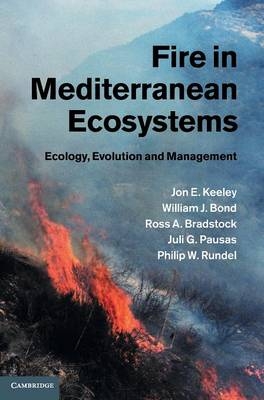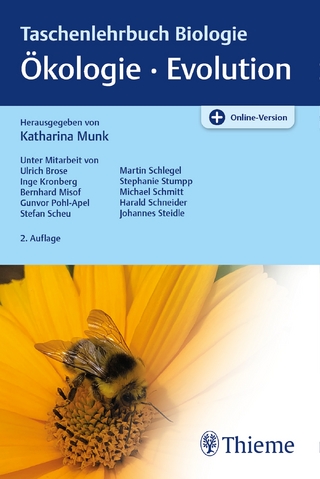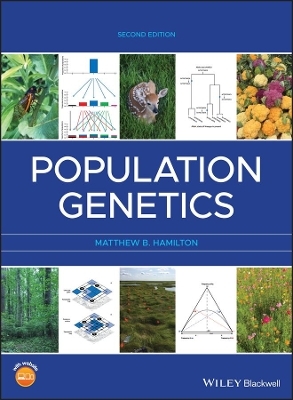
Fire in Mediterranean Ecosystems
Cambridge University Press (Verlag)
978-0-521-82491-0 (ISBN)
Exploring the role of fire in each of the five Mediterranean-type climate ecosystems, this book offers a unique view of the evolution of fire-adapted traits and the role of fire in shaping Earth's ecosystems. Analyzing these geographically separate but ecologically convergent ecosystems provides key tools for understanding fire regime diversity and its role in the assembly and evolutionary convergence of ecosystems. Topics covered include regional patterns, the ecological role of wildfires, the evolution of species within those systems, and the ways in which societies have adapted to living in fire-prone environments. Outlining complex processes clearly and methodically, the discussion challenges the belief that climate and soils alone can explain the global distribution and assembly of plant communities. An ideal research tool for graduates and researchers, this study provides valuable insights into fire management and the requirements for regionally tailored approaches to fire management across the globe.
Jon E. Keeley is a research scientist with the US Geological Survey, Western Ecological Research Center, Sequoia-Kings Canyon Field Station in Three Rivers, California and an Adjunct Professor in the Department of Ecology and Evolutionary Biology, University of California, Los Angeles, USA. William J. Bond is a Professor in the Department of Botany, University of Cape Town, South Africa. Ross A. Bradstock is Director of the Centre for Environmental Risk Management of Bushfires, University of Wollongong, New South Wales, Australia. Juli G. Pausas is a scientist at the Centro de Investigación sobre Desertificación of the Spanish National Research Council (CIDE-CSIC) in Valencia, Spain. Philip W. Rundel is a Distinguished Professor in the Department of Ecology and Evolutionary Biology, University of California, Los Angeles, USA.
Part I. Introduction: 1. Mediterranean-type climate (MTC) ecosystems and fire; 2. Fire and the fire regime framework; 3. Fire related plant traits; Part II. Regional Patterns: 4. Fire in the Mediterranean basin; 5. Fire in California; 6. Fire in Chile; 7. Fire in the Cape region of South Africa; 8. Fire in southern Australia; Part III. Comparative Ecology, Evolution and Management: 9. Fire-adaptive trait evolution; 10. Fire and the origins of Mediterranean-type vegetation; 11. Plant diversity and fire; 12. Alien species and fire; 13. Fire management of Mediterranean landscapes; 14. Climate, fire and geology in the convergence of Mediterranean-type climate ecosystems; References; Index.
| Zusatzinfo | 24 Tables, black and white; 7 Maps; 97 Halftones, unspecified; 48 Line drawings, unspecified |
|---|---|
| Verlagsort | Cambridge |
| Sprache | englisch |
| Maße | 180 x 255 mm |
| Gewicht | 1210 g |
| Themenwelt | Naturwissenschaften ► Biologie ► Evolution |
| Naturwissenschaften ► Biologie ► Ökologie / Naturschutz | |
| Technik ► Umwelttechnik / Biotechnologie | |
| ISBN-10 | 0-521-82491-5 / 0521824915 |
| ISBN-13 | 978-0-521-82491-0 / 9780521824910 |
| Zustand | Neuware |
| Informationen gemäß Produktsicherheitsverordnung (GPSR) | |
| Haben Sie eine Frage zum Produkt? |
aus dem Bereich


